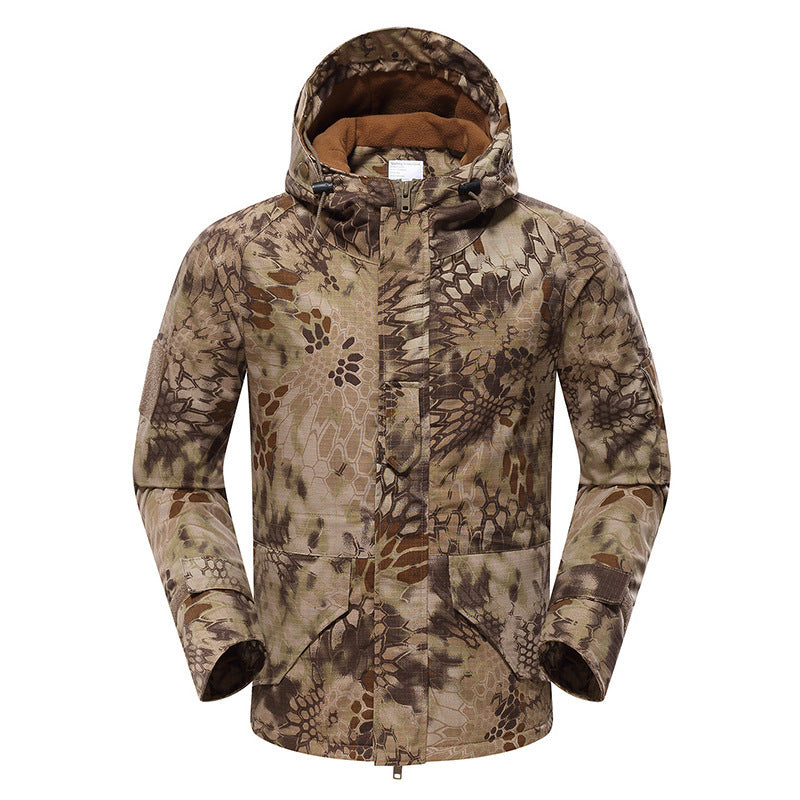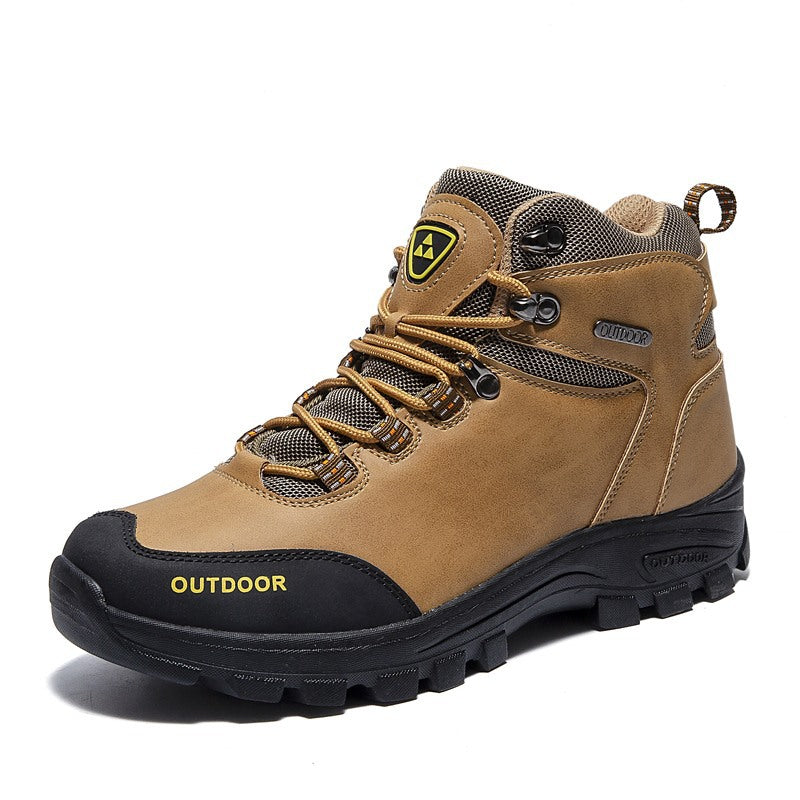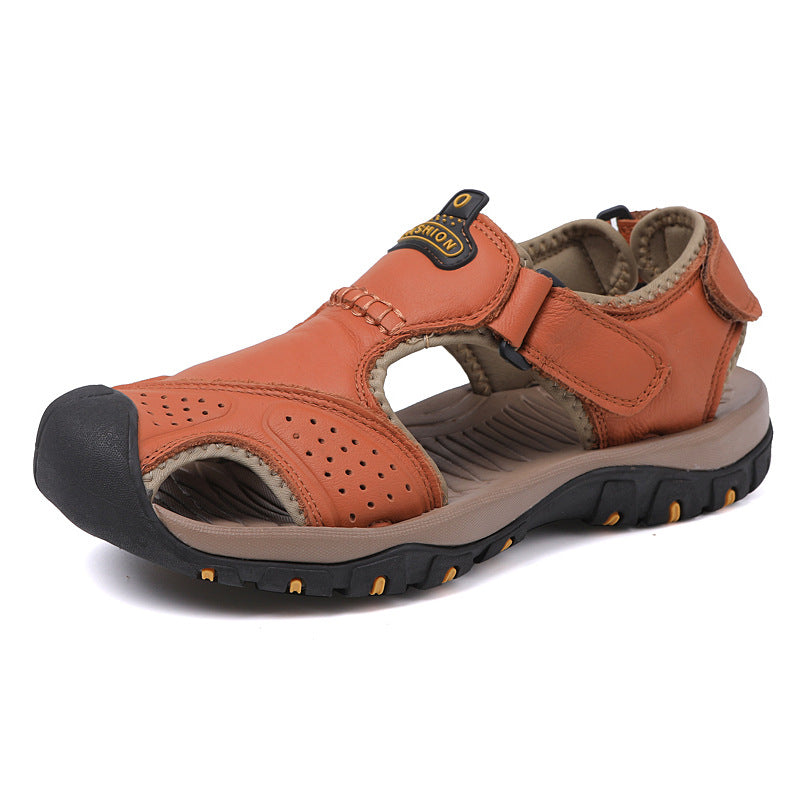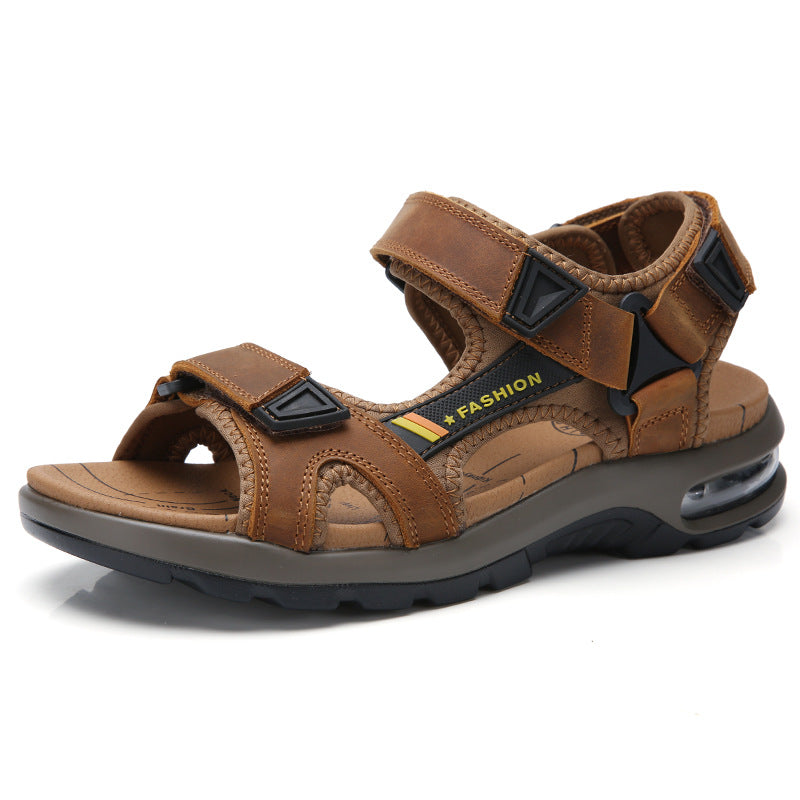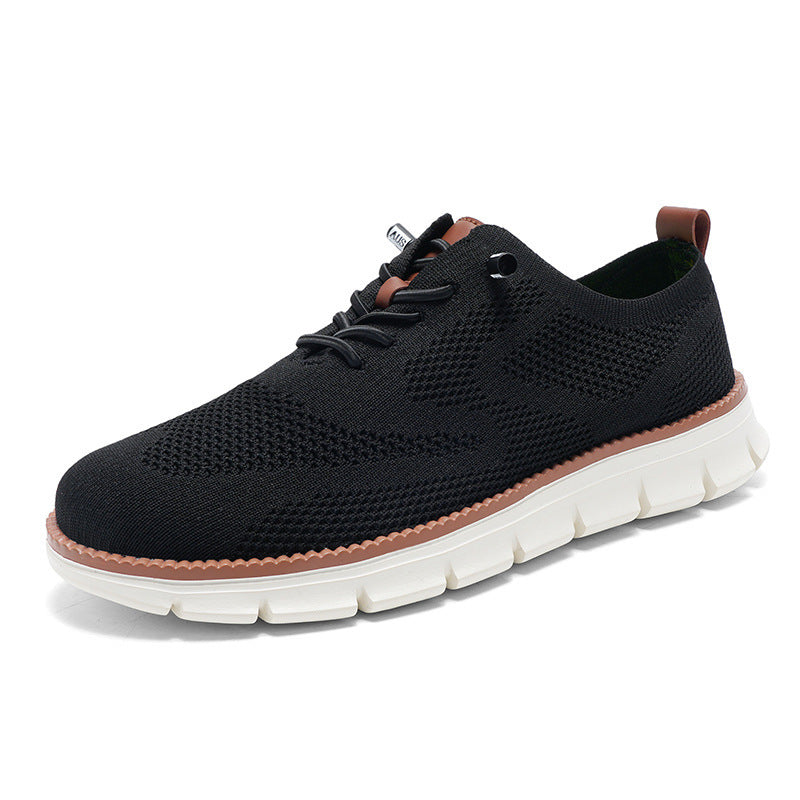
How to Choose the Perfect Hiking Boots for Any Terrain
But with so many styles and options on the market, how do you find the perfect fit? In this guide, we’ll explore the key factors to consider when choosing hiking boots and provide expert tips for selecting the best pair for your next adventure.
1. Understand the Different Types of Hiking Boots
Before diving into specific features, it’s essential to know the different types of hiking boots available. Each type is designed with specific terrains and activities in mind:
-
Light Hiking Shoes: Ideal for well-maintained trails, light hiking shoes resemble sturdy running shoes. They’re lightweight and perfect for day hikes or short distances but may not offer the ankle support needed for rougher terrains.
-
Mid-Weight Hiking Boots: These boots provide more ankle support and structure, making them suitable for uneven trails and longer day hikes. They’re typically waterproof and designed to handle mud, rocks, and small streams.
-
Heavy-Duty Backpacking Boots: For multi-day treks or challenging terrains, heavy-duty boots offer the maximum ankle support and protection. They’re built to withstand rough, rocky trails, heavy loads, and challenging weather conditions.
Each type of hiking boot offers unique advantages, so consider your usual hiking terrain and the type of hiking you plan to do before choosing a pair.
2. Look for the Right Materials
The material of your hiking boots affects their durability, breathability, and weight. Here are some common materials used in hiking boots:
-
Full-Grain Leather: Known for durability and excellent water resistance, full-grain leather is ideal for rugged trails and challenging weather. However, it’s heavier and less breathable, making it suitable for colder climates and heavy-duty hiking.
-
Split-Grain Leather: A mix of leather and synthetic materials, split-grain leather boots are lighter and more breathable but slightly less durable than full-grain options. These are a great choice for moderate terrains and warmer weather.
-
Synthetic Materials: Many modern hiking boots use synthetic materials like nylon and polyester, which are lightweight, quick-drying, and more affordable. While not as durable as leather, synthetic boots are often preferred for lightweight and short hikes.
-
Waterproof Membranes: Boots with waterproof liners, like Gore-Tex, offer added protection from water. While they keep your feet dry, waterproof boots may be less breathable in hot weather.
Pro Tip: If you’re planning on hiking in varied climates, consider boots with a balance of waterproofing and breathability.
3. Consider Boot Fit and Sizing
Proper fit is crucial for comfort and performance. Here’s what to keep in mind:
-
Get Measured: Start by measuring your foot size accurately, as your feet can change size over time. Many outdoor stores offer professional measuring services.
-
Wear Hiking Socks: When trying on boots, wear the socks you’ll be hiking in. Thicker hiking socks provide cushioning and prevent blisters, so they may affect your boot size.
-
Test for Toes and Heel Fit: Your toes should have enough room to wiggle but should not slide forward when walking downhill. The heel should fit snugly, without lifting as you walk. Any extra movement can cause blisters.
-
Try Boots in the Afternoon: Your feet naturally swell throughout the day, so it’s best to try on boots in the afternoon to get a more accurate fit.
Pro Tip: Hiking boots typically require a break-in period. Wear them around the house or on short walks before hitting the trails to avoid discomfort on the hike.
4. Look for Key Features Based on Terrain
Each type of terrain requires specific boot features to maximize performance and safety. Here’s a quick guide on what to look for based on common hiking terrains:
a) Rocky Terrain
- Look for stiff soles for stability and protection against sharp rocks.
- Choose boots with a rubber toe cap to protect against stubbed toes on uneven ground.
b) Muddy or Wet Trails
- Opt for waterproof materials to keep your feet dry.
- A lugged outsole will provide better grip on slippery surfaces, helping prevent slips.
c) Mountainous or Sloped Terrain
- For steeper hikes, you’ll want boots with strong ankle support to reduce the risk of sprains.
- Look for shock-absorbing midsoles for added comfort on inclines.
d) Desert or Dry Terrain
- For hot climates, prioritize breathability to keep your feet cool and dry.
- Consider lightweight boots to avoid unnecessary fatigue under the hot sun.
Each terrain presents unique challenges, and choosing boots with terrain-specific features will enhance comfort, safety, and overall enjoyment on the trail.
5. Don’t Forget About Weight
While hiking boot weight may not seem critical at first, it can have a significant impact on long hikes. Lighter boots require less energy to lift with each step, which can make a difference over several miles.
Lightweight Boots:
- Best for short day hikes and well-maintained trails.
- Provide flexibility and freedom of movement but may lack durability.
Midweight Boots:
- Suitable for longer hikes with moderate loads.
- Offer a balance between support and weight, making them a versatile choice.
Heavyweight Boots:
- Designed for rugged terrain and carrying heavy loads.
- Provide maximum support and durability but can feel bulky on longer hikes.
If you plan on carrying a heavy backpack or hiking on rough terrain, heavy-duty boots are the way to go. For day hikes or light loads, midweight or lightweight options may be more comfortable.
6. Think About Traction and Outsole Quality
The outsole, or the bottom part of the boot, affects traction and grip on different terrains. Look for boots with Vibram soles or deep, multi-directional lugs that provide excellent traction. The outsole pattern is especially important for muddy, rocky, or slippery trails.
A high-quality outsole will not only provide grip but also durability. Some brands offer outsoles designed specifically for rugged terrains, while others focus on lightweight and flexible outsoles for casual trails. Make sure to choose based on your hiking environment.
7. Test Durability and Construction
Durability is vital for hiking boots, especially if you’re planning on trekking challenging trails or putting in many miles. Check for quality stitching, solid construction, and durable materials. Boots with glued seams tend to be less durable than those stitched together.
If possible, opt for boots from reputable brands known for their rugged outdoor gear. Brands like Wildking, which specialize in outdoor footwear, often incorporate durable materials and construction techniques designed to withstand various terrains.
Conclusion: Find Your Perfect Hiking Boots
Choosing the right hiking boots is about understanding your needs and matching them with the right features. Whether you’re a casual day hiker or an avid backpacker, investing in the perfect hiking boots will provide comfort, support, and confidence on every trail. Remember, the best hiking boots for you will depend on your preferred terrain, the duration of your hikes, and personal comfort preferences.








